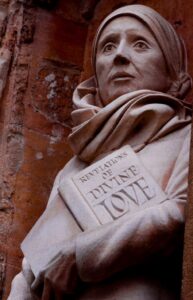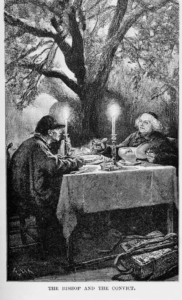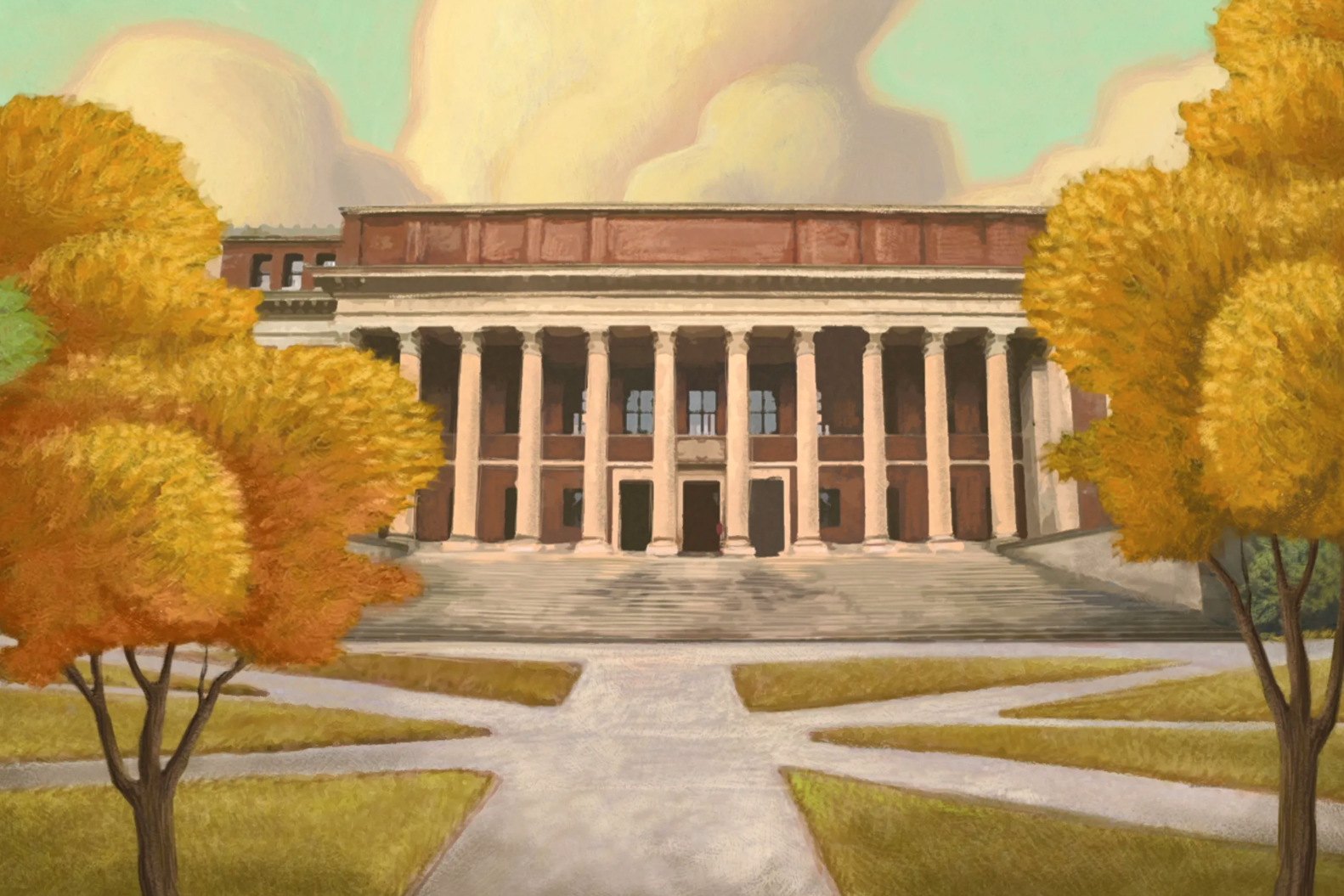Oxford was founded more than a millennium ago. Its first known lecturer was a theologian and some Muslim centers of learning date back even further. Religion was central to the core identity of the world’s earliest universities and, in colonial America, a student enrolling at Yale, Princeton or Columbia would have had a very different experience than what he’d expect today. He wasn’t there to do scientific research or get credentialed for professional school. He was there to shape his soul.
And yet, today American universities may be some of the most secular places in the country. Faith is an afterthought, if that, in most of American higher education. And that’s a pity, because the two grew up together, deeply influenced each other and still have much to learn from each other. Religious higher education isn’t obsolete; properly conceived, it’s more important than ever.
Harvard, the first college in the United States, for example, was established by Puritans. Ten of its first 12 presidents were ministers. The early Harvard motto was Veritas pro Christo et Ecclesiae — “Truth for Christ and the Church.” For many of America’s first colleges — Brown, Dartmouth, Georgetown and others — the Christian faith was central to their core identity.
By the mid-19th century, a religious organization founded almost ever university and college in the U.S. and Europe. According to the eminent historian George Marsden, until well into the 19th century, “higher education remained primarily a function of the church, as it always had been in Western civilization.” A strong relationship between religious faith and learning was a given, and by the early 1860s, 262 of 288 college presidents were clergy.
After the Civil War, Ivy League educators gradually began distinguishing between “religious” and “scientific” forms of knowledge. “For both practical and ideological reasons, they put religious ways of knowing outside the bounds of academic study,” says Baylor’s Benjamin P. Leavitt, whose research focuses on religion’s place in the history of American higher education.
The historian Mark Noll describes the period between 1870 and 1930 as one of profound change “in assumptions about intellectual life and in conceptions of higher education itself,” including colleges and universities becoming more secular and skeptical, more oriented toward research and moving away from the task of shaping the character of students. “(T)he new university was far too secular, far too skeptical of Common Sense reasoning and Victorian conventions, to retain the Christian rationalism that had defined the intellectual life of American colleges since their beginning.”
Since then, the gap between secular and Christian higher education institutions has widened. The overwhelming influence the Christian faith had on the broader higher education project dramatically diminished — including, in part, because Christians voluntarily ceded the ground to others.
In an effort to reclaim some of that ground, we witnessed the rise of evangelical liberal arts colleges in the 20th century. But the drifting apart continued, including on matters of teleology. Especially since the 1960s, the trend in higher education was toward fragmentation; Christian colleges, on the other hand, “strove to maintain a synoptic vision,” according to Thomas A. Askew, a historian at Gordon College. In the past, it was widely assumed a liberal education encompassed a theological education. That is hardly the case today. One way to think about it is that colleges and universities that started out with a Christian foundation but have become secular now form the mainland while Christian colleges and universities — especially evangelical liberal arts ones — are the smaller islands dotting the coastline.
So in this third decade of the 21st century — almost 400 years after the founding of Harvard — what does Christianity have to contribute to higher education?
This piece was originally published at Desert News on September 14, 2022.


